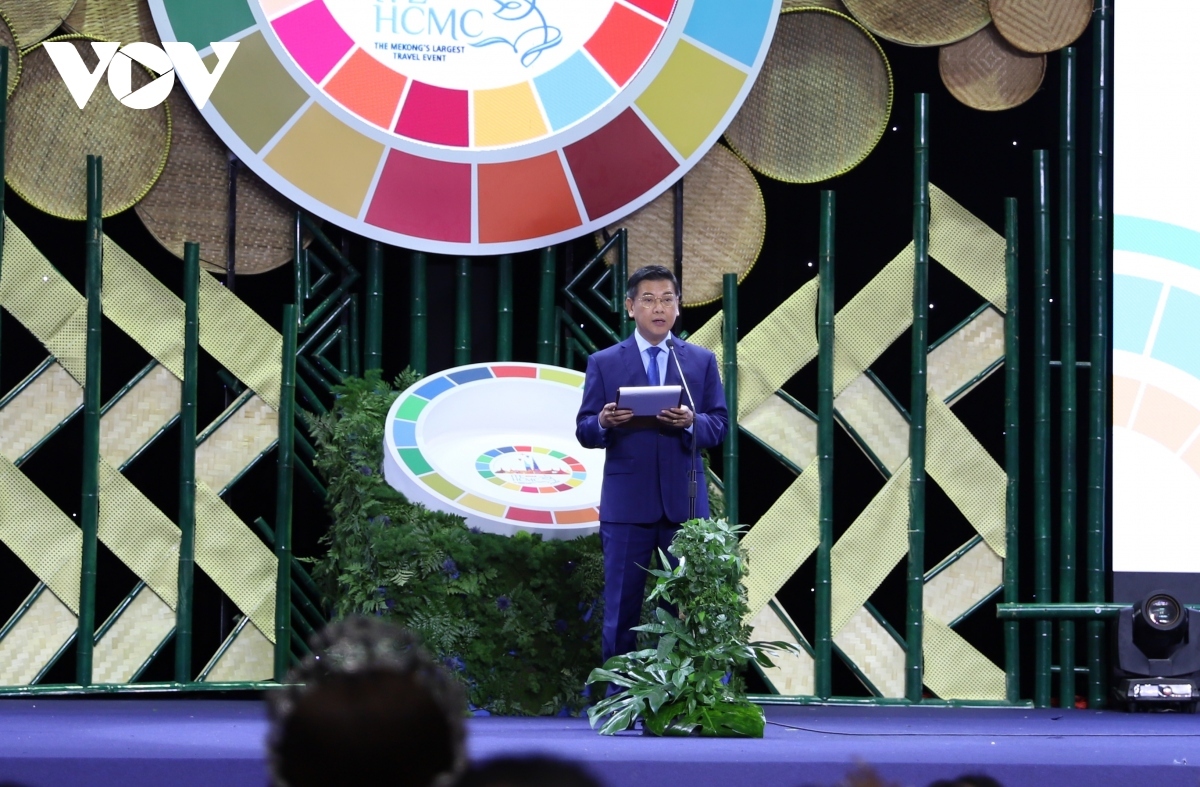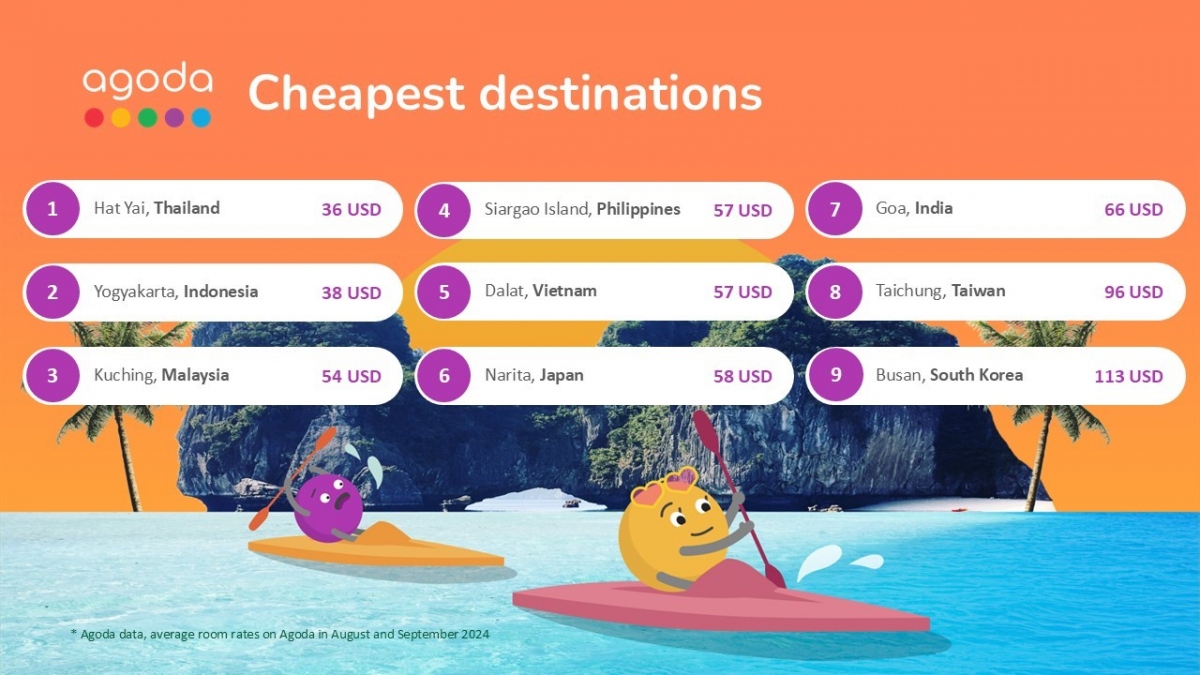The Vietnamese commodity trading market plays an extremely important role in the global commodity market as any change occurring in the nation’s supply and demand can also impact the prices of goods listed on global exchanges.

The transaction growth rate remained stable during the initial months of the year, said Tran Duy Dong, head of the Domestic Market Department under the Ministry of Industry and Trade, at an International seminar on global perspectives and prospects of Vietnam's Commodity Exchange Market 2023, which was co-hosted by the MXV and the Chicago Mercantile Exchange of CME Group on May 17 in Hanoi.
The event is widely considered to have the largest scale of a Vietnamese commodity trading market ever.
MXV is now connected with the majority of the largest exchanges in the world, such as the Chicago Mercantile Exchange (CME Group), the London Metal Exchange (LME), the Intercontinental Exchange (ICE), Singapore Exchange (SGX), Osaka Exchange (OSE), and Bursa Malaysia Derivatives Exchange (BMD), Dong stated.
“The initial success of the commodity trading market has clearly changed Vietnam's position in the international arena. The major commodity exchanges in the world all highly appreciate the potential of the Vietnamese market, and wish to cooperate with us to develop the Vietnamese commodity trading market into the largest market in the region,” Dong expressed his optimism.
At the seminar, world leading experts of CME Group all predicted that global raw material prices will continue to fluctuate both strongly and unpredictably ahead in the rest of the year.

Tran Duy Dong, head of the Domestic Market Department under the Ministry of Industry and Trade highly appreciates the initial success of the Vietnamese commodity trading market.
According to details given by Erik Norland, executive director and senior economist of CME Group, the macroeconomic context still has many potential variables, mainly coming from the economic outlook of the US and the speed of China's recovery. Recent economic data has been disappointing for the market, but there remains plenty of ground to be optimistic regarding the prosperity of the global economy in both the medium and long term.
Nicolas Dupuis, senior director of energy products for the Asia-Pacific, said that the MXV-Index, which represents the volatility of 31 commodities traded in Vietnam, has dropped by more than 10% compared to the end of 2022. Of these, agricultural products and energy represented the items to record the strongest decrease in price, down 13% and 17%, respectively.
Similar to oil prices, other commodities in the energy group such as natural gas, liquefied petroleum gas and blended gasoline are anticipated to fluctuate strongly this year. The market will only stabilise again when the macro economy stabilises, accord to Dupuis’ forecast.
At the present, the price of raw materials is fluctuating in favour of Vietnamese enterprises. The prices of strong Vietnamese export products such as coffee, rubber, and pepper have all increased very strongly.
The price of Robusta coffee on ICE has increased by more than 35% to nearly US$2,500 per tonne. The price of green coffee beans in the Central Highlands and southern provinces has also exceeded VND56,000 per kg, while the price of pepper has also surpassed VND76,000 per kg in many southern localities.
Meanwhile, the pressure on the animal feed industry has been eased, with the price of agricultural raw materials on the Chicago Mercantile Exchange continuously declining over recent times. The price of imported corn to Cai Lan and Cai Mep ports has now fallen below US$280 per tonne, compared with the price of more than US$330 per tonne from the beginning of the year.
This decrease in raw material prices has created a premise for feed manufacturers to continuously lower the price of finished bran from VND300 per kg to VND800 per kg, depending on type, thereby making livestock production more convenient.
According to a report compiled by the General Department of Customs, the nation imported 2.81 million tonnes of corn in the first four months of the year, marking an increase of 9.3% over the same period from last year. Imports of wheat and soybeans during the same period also witnessed respective increases of 6.7% and 1.6% on-year.
However, experts all stated that this is the most favourable period for the import and export prices of commodities, with Vietnam accounting for a large proportion in the world.
In the second half of the year, the market may see reversal points, meaning businesses must devise solutions and strategies in this context, they said.
Some solutions were raised at the seminar such as using price hedging tools and making use of future and options contracts in trading which captured great attention from industry associations and import-export enterprises.
“It will be a great advantage if domestic enterprises capitalize on the current good price period, combined with the application of price insurance measures. Once the export and import prices are fixed at good price zones, production activities in the chain will be much more proactive and efficient,” said Dang Viet Hung, general director of MXV.
At the seminar, experts of CME Group continuously affirmed the role of the nation as part of the international commodity market. By the end of 2022, the country made up the largest exporter of Robusta coffee, the third largest exporter of rubber, the sixth largest importer of corn, and the third largest importer of soybean globally.
Any change occurring in Vietnam's supply and demand could there impact the prices of goods listed on global exchanges, they added.
https://english.vov.vn/














